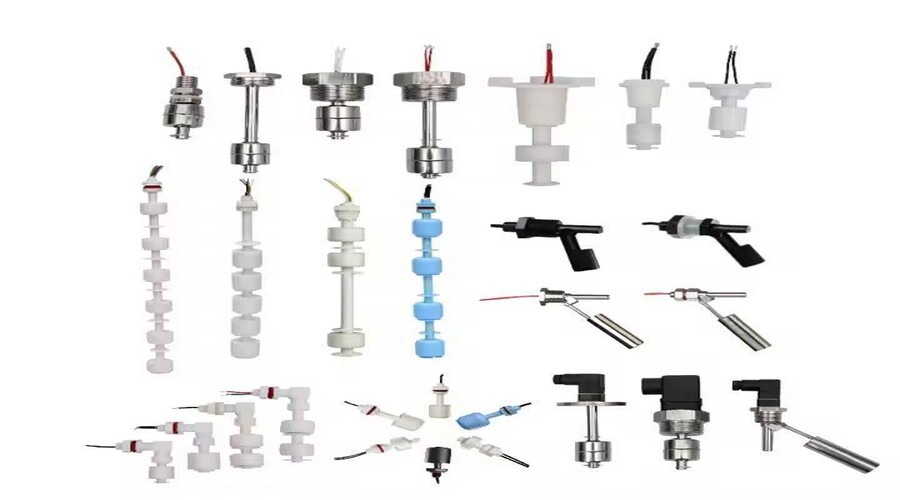
In industries ranging from water treatment to agriculture, reliable liquid level control is critical. One of the simplest yet most effective tools for this task is the float switch. This blog dives into how float switches work, their types, and their diverse applications across industries.
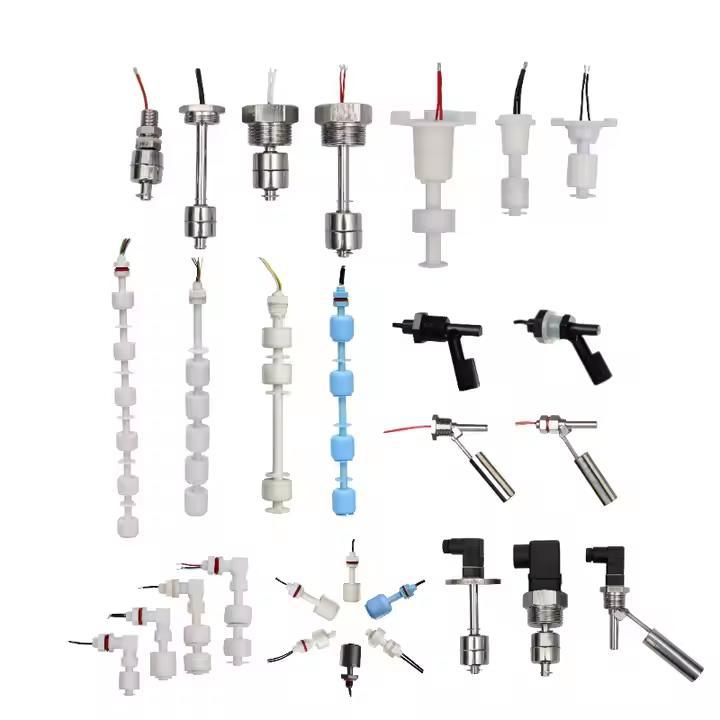
What Is a Float Switch?
A float switch is a sensor device used to detect liquid levels in tanks, reservoirs, or containers. It consists of a buoyant "float" that rises or falls with the liquid level, triggering an electrical switch to activate or deactivate connected equipment (e.g., pumps, alarms, or valves).
How Does a Float Switch Work?
- Float Mechanism: The hollow float moves vertically with the liquid level.
- Switch Activation: As the float reaches a predetermined level, it tilts or moves a magnetic or mechanical actuator.
- Electrical Signal: This movement opens or closes an electrical circuit, sending signals to control systems.
Example: In a sump pump, a rising float triggers the pump to start when water reaches a high level, preventing overflow.
Types of Float Switches
- Vertical Float Switches:
- The float moves along a vertical rod. Ideal for confined spaces.
- Horizontal Float Switches:
- Mounted sideways; used in wide tanks where vertical movement is limited.
- Tethered Float Switches:
- A float attached to a flexible cable; suits uneven or turbulent liquids.
- Magnetic Float Switches:
- Uses a magnet and reed switch for sealed, low-maintenance operation.
Key Applications
- Water Management:
- Controlling pumps in wells, sumps, or sewage systems.
- Industrial Tanks:
- Monitoring fuel, chemicals, or coolant levels.
- HVAC Systems:
- Preventing condensation overflow in air handlers.
- Agriculture:
- Automating irrigation or livestock watering systems.
- Food & Beverage:
- Ensuring precise liquid levels in processing tanks.
Advantages of Float Switches
- Simplicity: No complex electronics; easy to install and maintain.
- Durability: Resistant to harsh environments (corrosion, high temperatures).
- Cost-Effective: Affordable compared to advanced sensors.
- Versatility: Works with water, oil, chemicals, and more.
Choosing the Right Float Switch
Consider these factors:
- Liquid Type: Ensure compatibility (e.g., corrosive fluids may require stainless steel).
- Temperature/Pressure: Check operating limits.
- Mounting Style: Vertical, horizontal, or tethered.
- Output Type: SPDT, SPST, or analog signals.
Maintenance Tips
- Regularly clean the float to prevent debris buildup.
- Inspect wiring for wear or corrosion.
- Test the switch periodically to ensure accurate triggering.
Conclusion
Float switches are unsung heroes in liquid level control, offering reliability and versatility across countless applications. Whether preventing basement floods or optimizing industrial processes, these devices prove that sometimes the simplest solutions are the most effective.
By understanding their types and uses, you can select the right float switch to keep your systems running smoothly.
Let me know if you'd like to expand on any section! ????
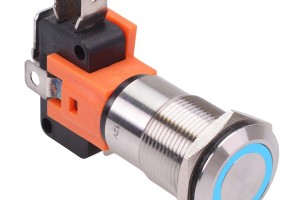

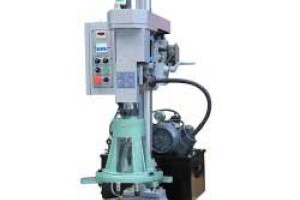
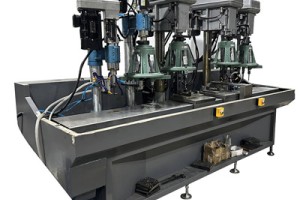
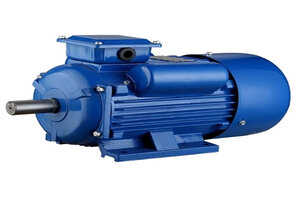
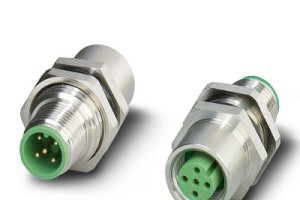
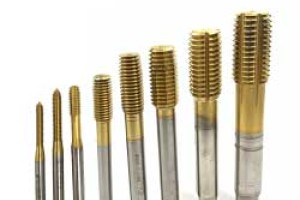
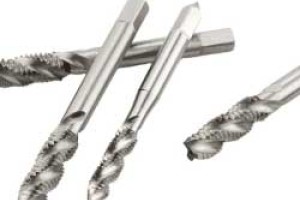
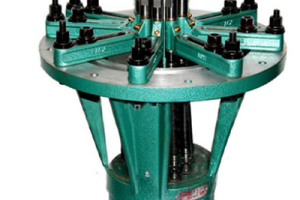
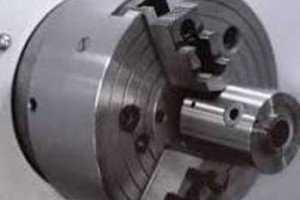
Leave a comment